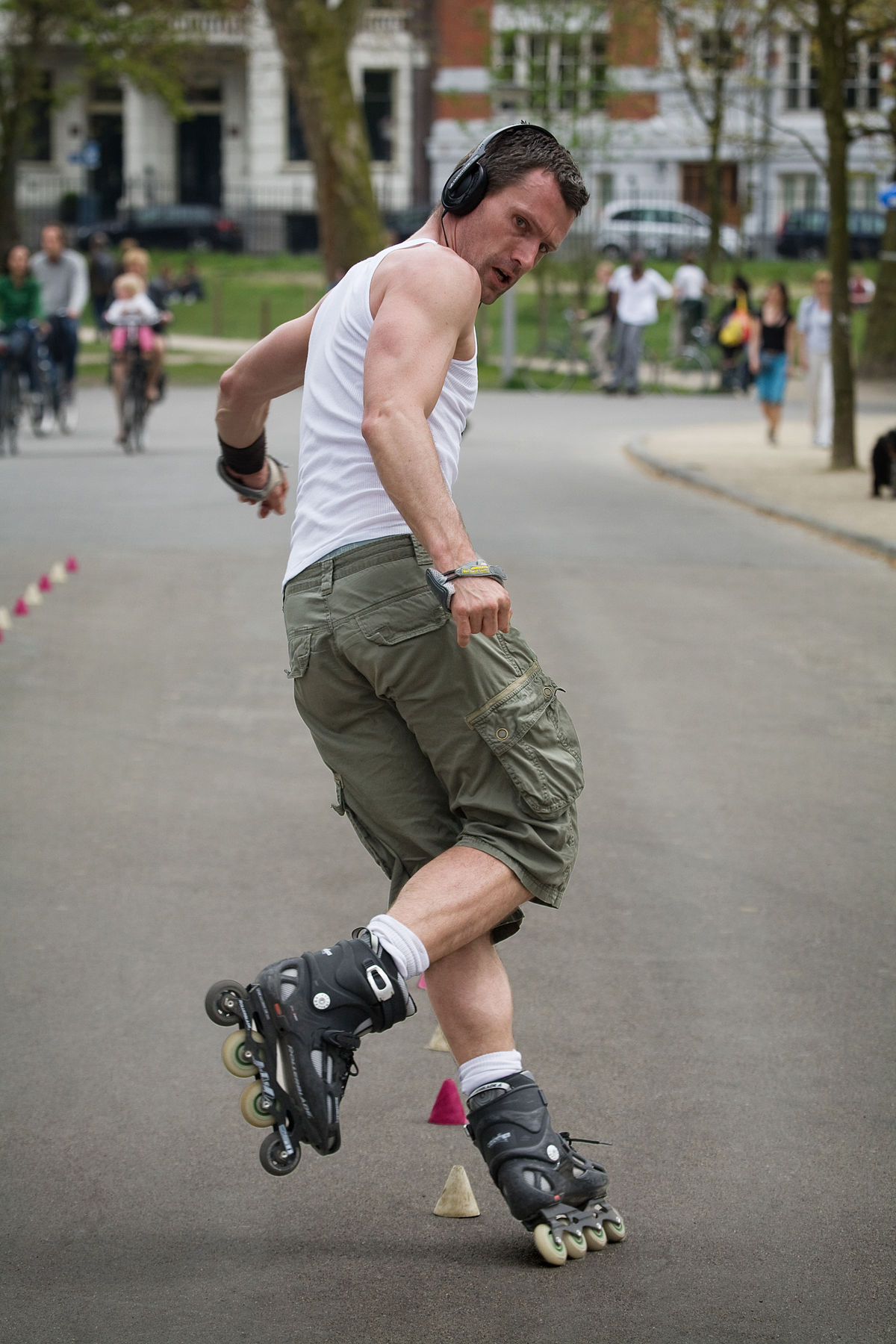A Parents’ Ultimate Guide to Inline Skating for Kids
Introduction
Hello, wonderful parents! Embarking on a new activity with your child can be as exciting for you as it is for them. You might be here because your child expressed a sudden interest in inline skating. Or perhaps you just remember the joy of rollerskating in your childhood and want to pass this fun activity to your kiddos. Look no further! This guide is here to offer you insight, answer some questions, and take you all on a thrilling journey of inline skating!
Understanding Inline Skating
What is Inline Skating?
For those who aren’t familiar with the term, inline skating is like ice skating on wheels! Instead of a shoe with blades used in ice skating, inline skates have wheels aligned in a straight row (hence the term ‘inline’), offering a smooth glide over pavement. Inline skating is inclusive, adventurous, fitness-friendly, and a fantastic way to enjoy the outdoors!
Why Choose Inline Skating?
There is a multitude of reasons why inline skating could be the ideal sport for your child. It’s a great way to instill the habit of exercise from a young age as it works on their strength, balance, and coordination. Inline skating also promotes self-confidence, as mastering those glides and turns not only adds skill but also gives a sense of accomplishment. Making the sport a family activity can bolster family bonding!
Getting Started with Inline Skating
Choosing the Right Skates
Choosing the right skates can be the defining factor in your child’s inline skating experience. Fret not! We will guide you through the essential factors to consider. You need to focus on the size, adjustability, durability, and comfort to ensure the most optimal pair for your child’s happy feet.
Congratulations! You have begun the exhilarating journey of inline skating. The next part of this guide will cover safety measures and how to choose the right protective gear for inline skating. Stay tuned, keep smiling, and let’s continue rolling into the world of inline skating with joy and reassurance.

Ensuring Safety in Inline Skating
Choosing the Right Protective Gear
Safety should always be the first consideration when starting with inline skating. Look for gear sets that include a helmet, knee pads, elbow pads, and wrist guards. Ensure that everything fits snugly and comfortably. Remember, it’s always better to be safe than sorry!
Teaching Falling Safely
Yes, everyone falls, especially beginners, and that’s completely fine! The key is to teach your kids how to fall safely. Experts advise to fall forward and use the protective pads to absorb the impact, avoiding injury.
Choosing Safe Places to Inline Skate
Start by choosing a safe, flat surface away from busy roads. Empty parking lots, parks, or local skate rinks are excellent options. As your child gains confidence and improves control, you can gradually explore new areas.
Tips and Tricks for Inline Skating
Stance and Balance
Bend your knees slightly and lean forward a bit, a stance similar to sitting on a chair. Maintain balance by keeping feet shoulder-width apart.
Turning and Stopping
Just like skiing, you’ll need to form a ‘pizza’ or ‘plow’ with your skates to slow down and stop. To turn, all they need to do is lean in the direction they want to go!
Practice Makes Perfect
It may take time to gain balance, learn to glide, turn, or even stop. Encourage your child to practice regularly. With effort and patience, they’ll soon be gliding like pros!
Conclusion
Embrace every tumble and celebrate every victorious glide because learning inline skating is not just about the activity, but about sparking resilience, confidence, and endless fun. It’s a magnificent journey, and we believe you are now well equipped to embark on it with your child.
Here’s to happy, safe, and exciting inline skating adventures! Remember, every expert skater was once a beginner. Enjoy and keep rolling!
5 Essential Tips for Parents in Preparing for Inline Skating
1. Understand the Importance of Safety Gear
The first thing parents should know is the significance of safety gear. Inline skating can be dangerous without proper protection. Therefore, ensure that your child is suited up with helmets, elbow and knee pads, and wrist guards. These will cushion the impact should your child fall, preventing major injuries.
2. Choose the Right Inline Skates
Your child’s comfort and safety is paramount. Consider the size, design, and quality of the skates. They should have a snug fit, but not too tight to restrict movement or cause discomfort. Investing in adjustable inline skates can be a good idea as they can grow with your child’s feet.
3. Create a Safe Skating Environment
A safe and open space for skating can prevent unnecessary mishaps. Guide your child on where they can skate safely. Ideally, a flat surface without traffic, away from water bodies, and without too many people around is the best.
4. Enroll Your Child in Skating Lessons
Professional training can enhance your child’s skating skills and knowledge about safety regulations. Trainers will teach them the correct techniques of skating, how to fall without getting hurt, and how to handle different terrains.
5. Encourage Practice and Patience
Remember that like all other skills, learning to skate takes time and practice. Encourage your child to practice regularly and have patience. Celebrate their small victories to keep their enthusiasm alive and fuel their love for inline skating.
In summary, preparing for inline skating is all about prioritizing safety, getting the right equipment, creating a conducive environment, and promoting consistent practice. Happy Skating!
For more great articles please see here. For more information see here
Disclaimer
The articles available via our website provide general information only and we strongly urge readers to exercise caution and conduct their own thorough research and fact-checking. The information presented should not be taken as absolute truth, and, to the maximum extent permitted by law, we will not be held liable for any inaccuracies or errors in the content. It is essential for individuals to independently verify and validate the information before making any decisions or taking any actions based on the articles.




